Free bleeding is the practice of going through your period without using a pad, a tampon, or a menstrual cup to collect or absorb your blood. The practice can be hygienic if managed correctly. Free bleeding has been around for centuries and has snowballed into a movement only recently read more
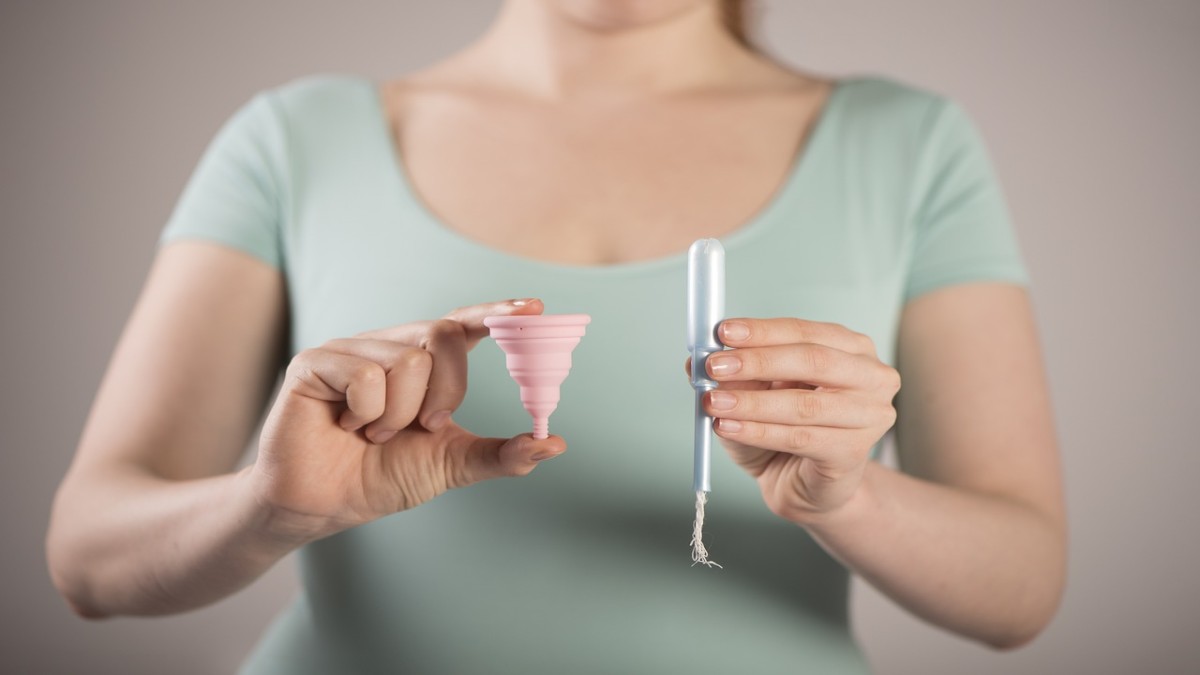)
The primary reason for people opting for free bleeding is to make it feel natural. Pixabay/Representative Image
Today is Menstrual Hygiene Day.
The day, which is observed annually on 28 May because an average menstrual cycle is 28 days, attempts to dispel myths and encourage people to practice good hygiene to stay healthy.
When our period arrives, the majority of us use a tampon, pad, menstrual cup or period panty.
But have you ever heard of “free bleeding” — that is, not utilising anything at all when you’re menstruating?
If so, you undoubtedly might some questions about its hygiene.
Here’s all we know about it.
Free bleeding
Free bleeding is exactly what it sounds like.
It’s the practice of going through your period without using a pad, a tampon, or a menstrual cup to collect or absorb your blood.
The unrestricted bleeding has two sides to it — Some see it as a movement to normalise stigmatised periods, while others are compelled to do it due to financial restrictions.
The primary reason for people opting for free bleeding is to make it feel natural.
While earlier menstrual products relied on plastic films to soak up blood, today’s period-proof clothing has become much more advanced.
It uses specifically designed fabric to absorb liquid.
Beginners may choose to wear period underwear that is made of absorbent materials to carry on with regular activities. The majority are made from several fabric layers, each serving a distinct function.
For instance, the popular brand Thinx uses four layers in its products — a moisture-wicking layer, an odour-controlling layer, an absorbent layer, and a leak-resistant layer, according to Healthline.
It’s been here for centuries
Free bleeding isn’t exactly a new thing.
According to Jennifer Wider, MD, author of The Savvy Woman Patient, menstrual blood was considered magical in ancient times. She says, it was only in the late 19th century that issues of cleanliness emerged, and sanitary belts and tampons were invented later.
As per Women’s Health magazine, a patent for a “protective petticoat” with a “moisture-proof material” was registered in 1967.
Well, it’s a challenge to pinpoint when exactly women decided to ditch menstrual products, but free bleeding has snowballed into a movement only recently.
In early 2000, women began their thoughts on free bleeding by calling it the right of any menstruating person who chooses to do so.
In 2015, a young woman named Kiran Gandhi was freely bleeding when she was running the London Marathon, for which she had been training for over a year. She grabbed headlines as she rejected shaming and raised awareness about discrimination against women and girls, the unfair taxation of menstrual products and the environmental consequences of period waste.
Last year, free bleeding again became a hot topic on TikTok, where young women candidly shared their experiences.
Hygiene concerns
Free bleeding can be hygienic if managed correctly, Dr Melanie Bone, US medical director for Daye, a gynaecological health platform that specialises in period care.
“Maintaining proper personal cleanliness, using appropriate protective layers, and changing them regularly can minimise the risk of bacterial growth or odours,” she said according to Popsugar.
However, according to her, it is essential to recognise that everyone has different preferences and comfort levels. She explained what works for one person might not be suitable for another.
According to her, if one decides to free bleed, it is important to prioritise cleanliness and regular showers.
One may also use layers or absorbent materials like period underwear to manage leakage.
She further suggests regularly wiping menstrual fluid away when free bleeding to avoid irritation or disruptions to the vaginal microbiota, which causes discomfort, infection or inflammation.
Popsugar also quoted Dr Bone as saying that regularly changing the protective layers is crucial to prevent the spread of bacteria and reduce infection.
Benefits of free bleeding
Well, there are no proven health benefits to free bleeding.
However, people have shared experiences of reduced menstrual cramping and feeling at ease.
“Women who free bleed often describe it as liberating and feel that it is nothing they need to hide or feel ashamed of. It’s really a personal choice,” Wider was quoted as saying by Women’s Health magazine.
Switching from tampons to free bleeding, as per several reports, reduces the risk of toxic shock syndrome (TSS).
This is because wearing a tampon for long hours can be risky. (Tip: Tampons should only be left in for a maximum of eight hours).
Besides this, another benefit is improved finances.
In the beginning, period panties may be expensive, but it will help you save money in the long run. There’s also no expenditure if you prefer wearing your same underwear.
Risks
The possible mess that comes with free bleeding can be one of the main worries for some people.
If you don’t wear period-proof clothing, the initial heavy-flow days might leave stains on your clothes.
Menstrual blood when exposed to air can release intense smell.
According to Healthline, it can also spread viruses that are transmitted by blood. Whereas hepatitis B can survive for at least seven days, hepatitis C can survive for up to three weeks outside of the body. The report says if there is no skin-to-skin contact, there is little chance of either of these illnesses spreading to another person.
Points to consider
Choose wisely and don’t rush.
If you wish to free bleed, start in a safe environment, which can be home for many people.
Using a towel wile sitting at home can help soak blood. It can also be helpful at night while sleeping.
Go outside only if and when you are comfortable. At the end of the day, the choice is yours.
When travelling, you may consider packing extra underwear and clothing.
With inputs from agencies

 3 months ago
11
3 months ago
11

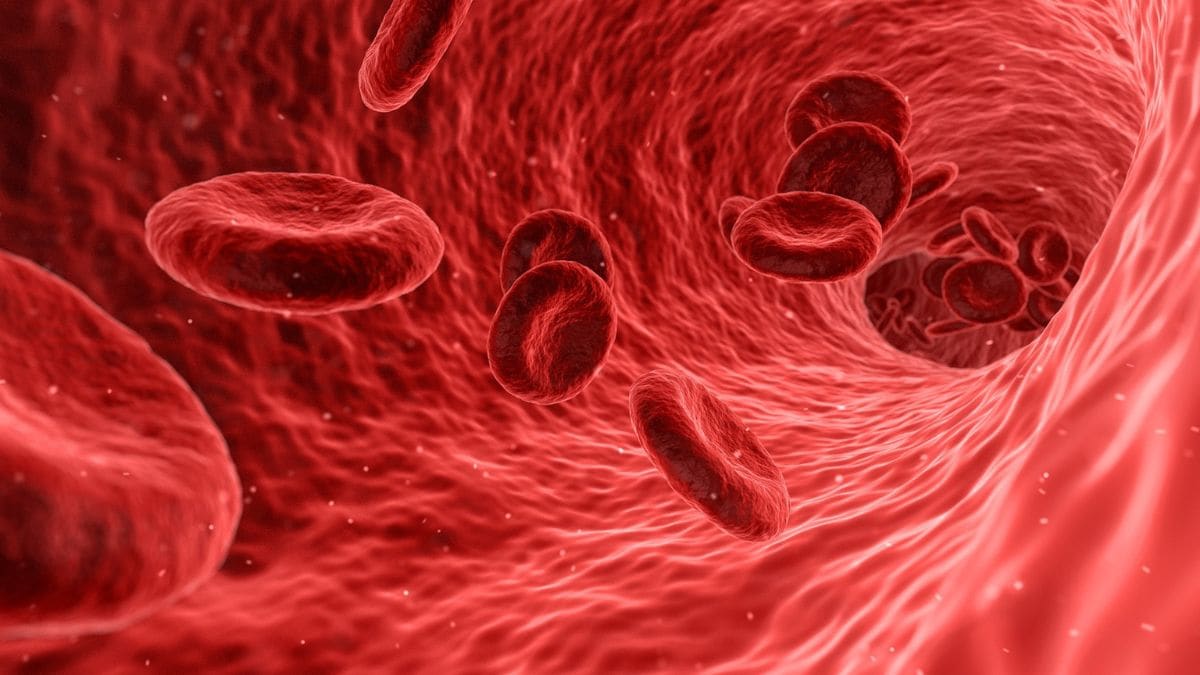


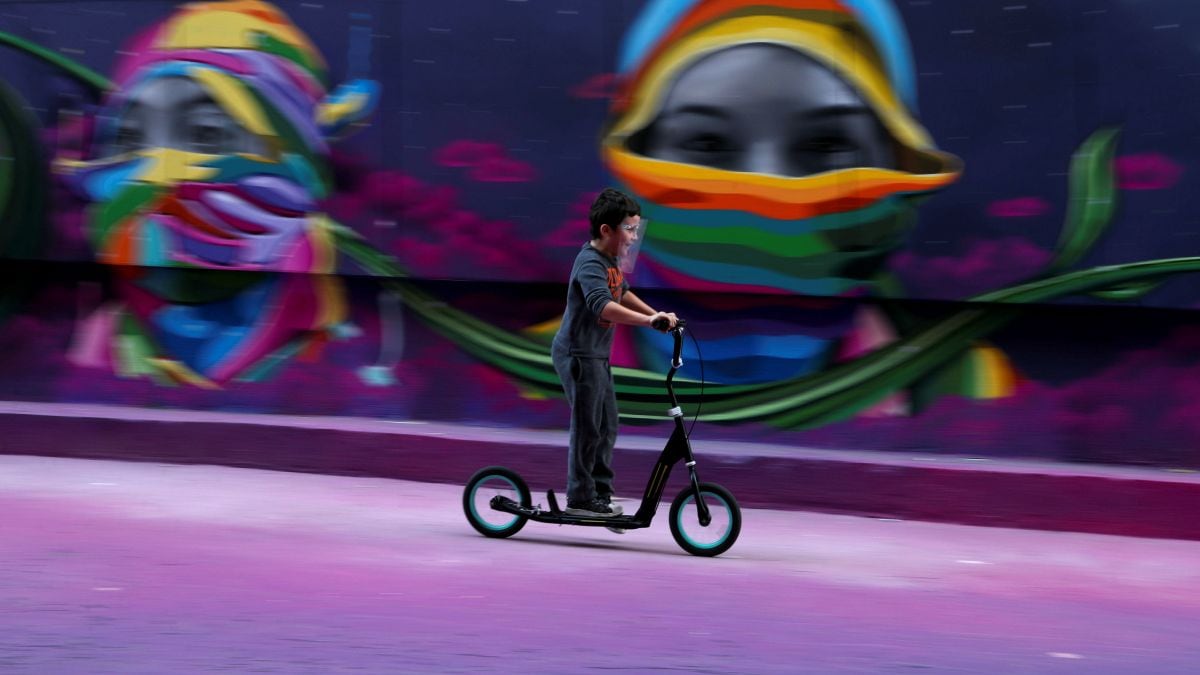
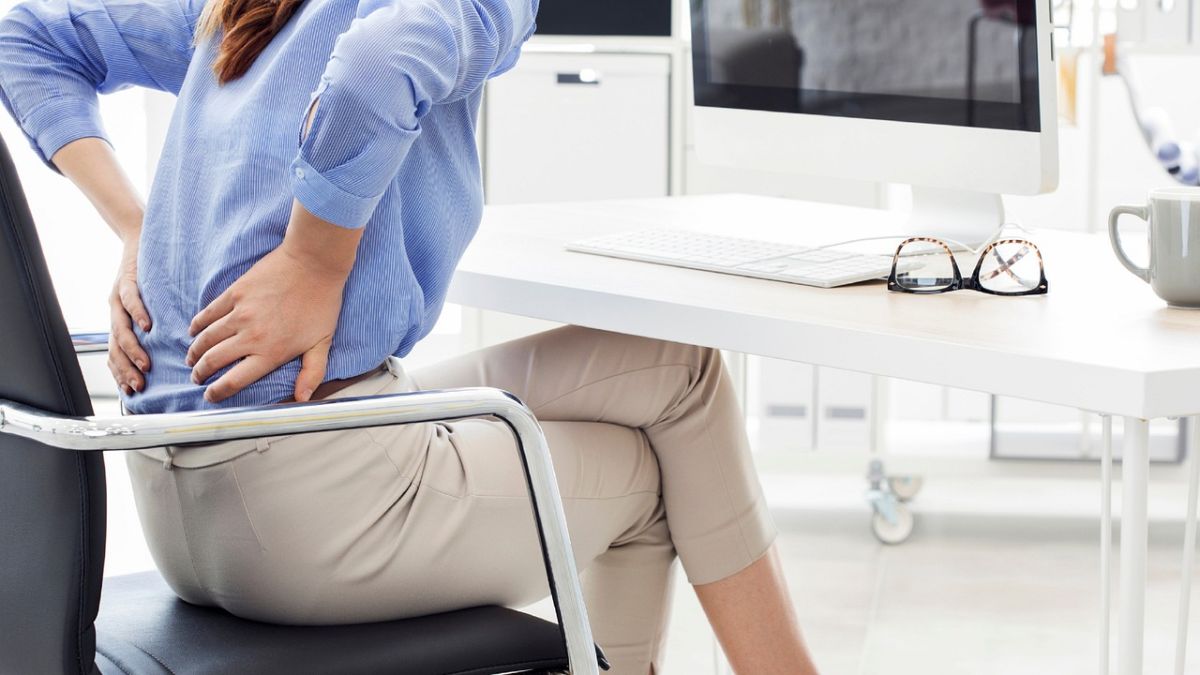



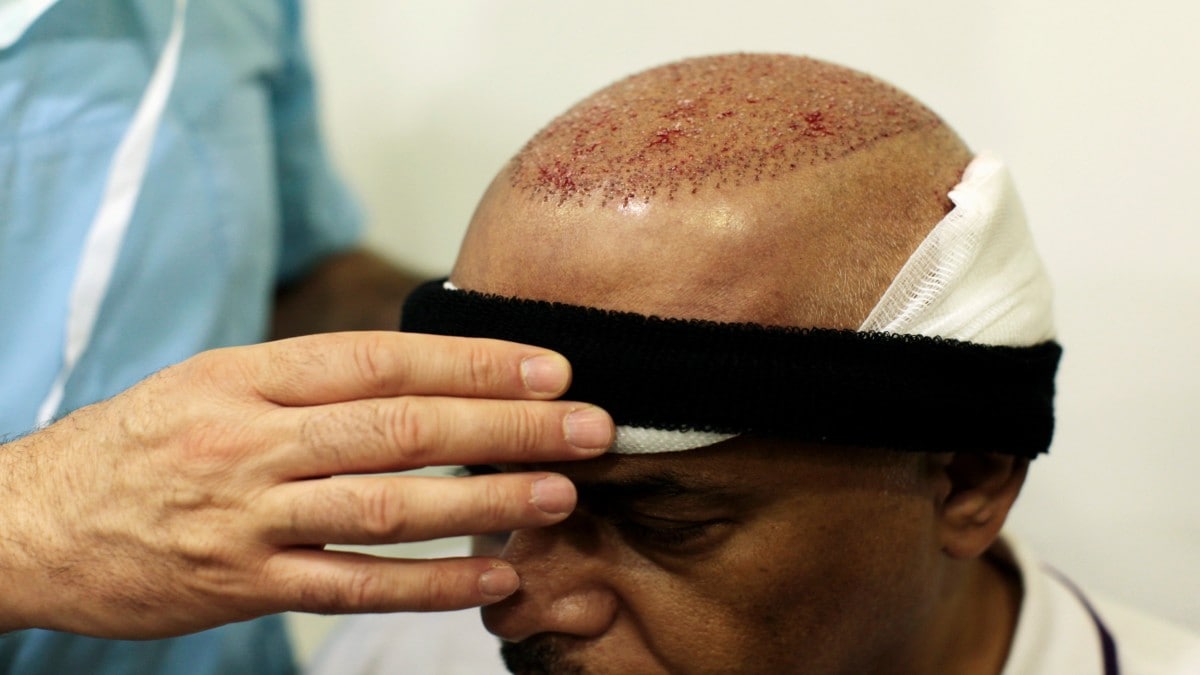



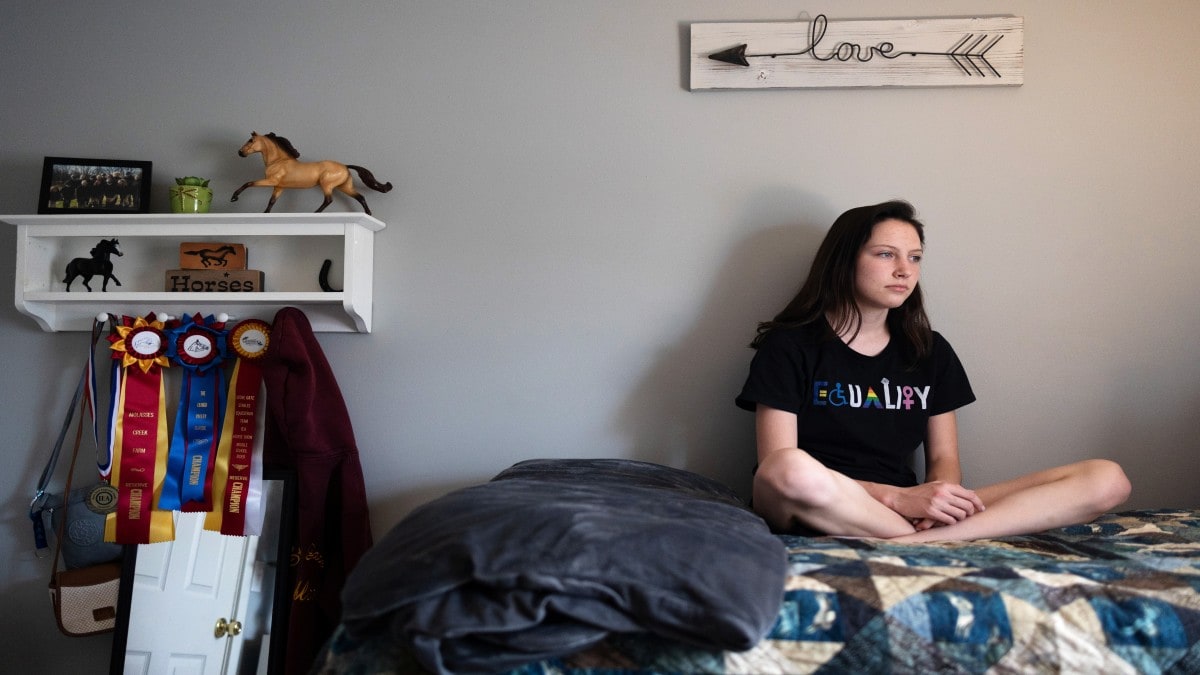

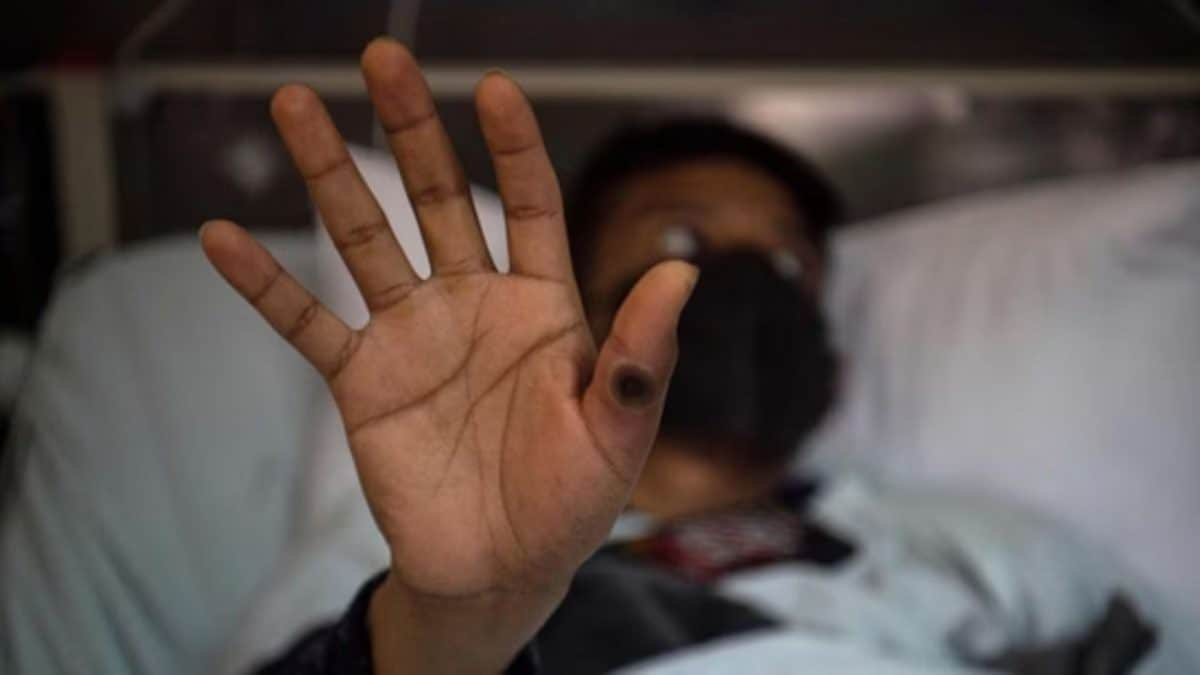
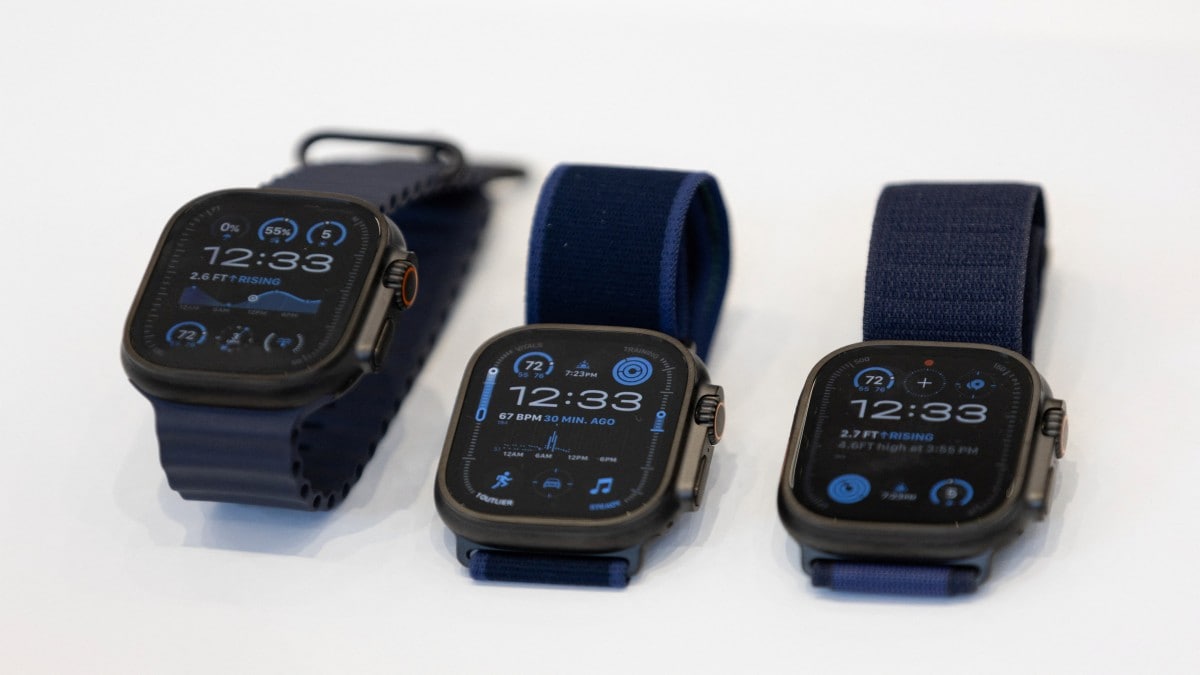
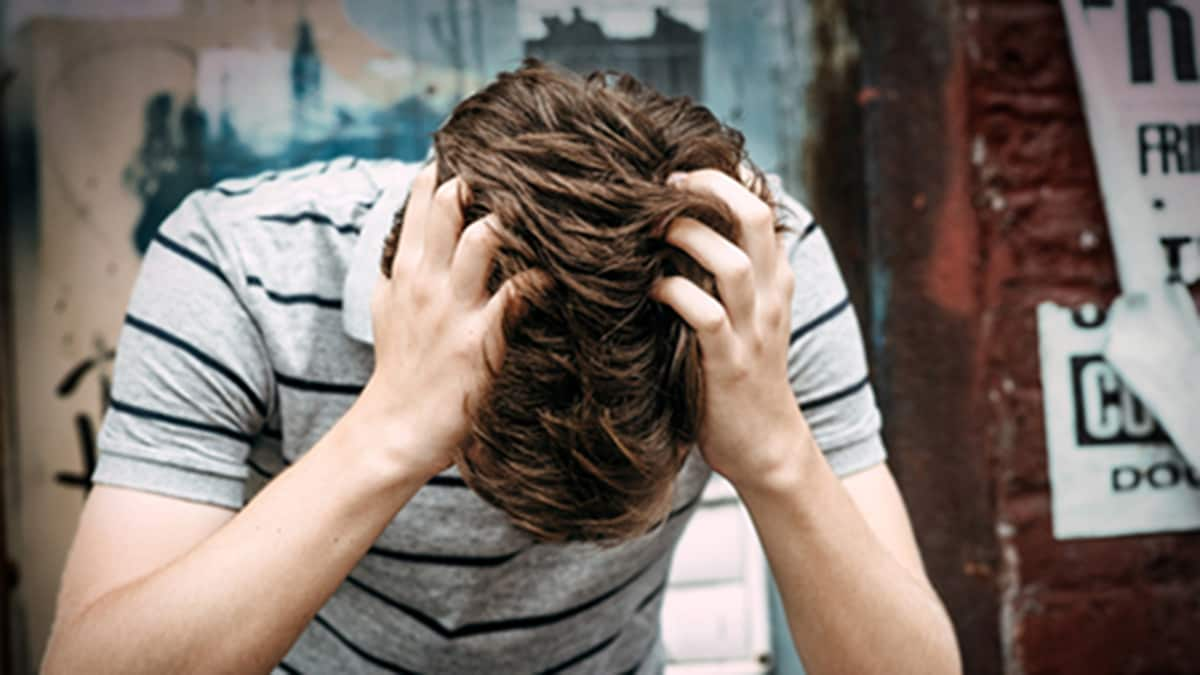
)
)
)
)
)
)
)
 English (US) ·
English (US) ·